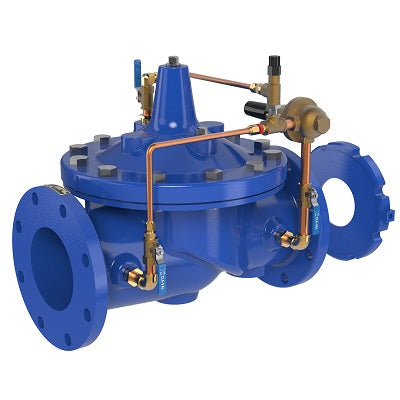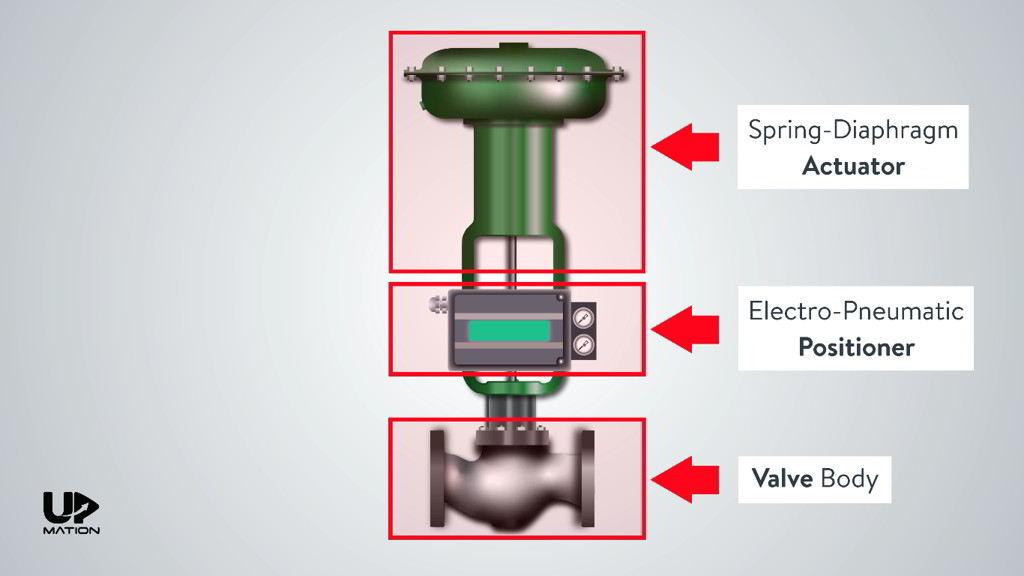Discovering the Capability of Modern Control Valves in Industrial Applications
Discovering the Capability of Modern Control Valves in Industrial Applications
Blog Article

Maximize Power Cost Savings and Comfort With Advanced Building Automation Controls
In the realm of contemporary architecture and center administration, the assimilation of advanced building automation regulates stands as a critical advancement. By taking advantage of the power of automation, structures can adapt, react, and evolve in methods that were as soon as unbelievable.
Energy Performance Perks
Power performance advantages can substantially minimize energy consumption and operational prices in structures. Energy-efficient systems, such as innovative building automation controls, can optimize the use of sources like lighting, air conditioning, and home heating, leading to reduced energy expenses over time.
Furthermore, enhanced energy efficiency can prolong the life expectancy of building devices and systems. By running extra successfully, cooling and heating systems, lighting components, and various other building components experience much less deterioration, causing reduced upkeep and replacement prices. Furthermore, energy-efficient buildings frequently regulate greater property worths and rental rates, offering long-term economic benefits to proprietors.
Additionally, energy performance can improve owner convenience and productivity. Appropriately regulated interior environments with optimal lighting and thermal conditions develop an even more positive and favorable office, leading to enhanced staff member complete satisfaction and efficiency. Overall, the energy effectiveness advantages related to sophisticated structure automation controls are diverse, incorporating cost savings, environmental stewardship, and owner health.
Enhanced Comfort Control
Enhancing comfort control in structure settings calls for a sophisticated integration of sophisticated automation systems for ideal owner health. By utilizing advanced building automation controls, facilities can tailor the indoor atmosphere to fulfill the specific needs and preferences of passengers. These systems make it possible for precise policy of air flow, temperature level, and lights, producing a effective and comfortable ambience. Resident complete satisfaction and productivity are very closely connected to thermal comfort, making it necessary to have systems in position that can adjust to altering problems in real-time.
By integrating these advanced controls, buildings can not just enhance comfort however also enhance power efficiency by maximizing system operations based on actual tenancy and use patterns. Ultimately, prioritizing passenger convenience through sophisticated automation systems leads to an extra delightful and much healthier interior setting.
Operational Efficiency Improvements

In addition, the application of real-time monitoring and analytics devices enables structure drivers to identify power inefficiencies and operational abnormalities promptly. By constantly keeping an eye on power usage patterns and system performance metrics, changes can be made in real-time to optimize energy intake and guarantee peak operational effectiveness. moved here control valves. Additionally, incorporating demand action approaches into building automation controls can even more improve functional performance by dynamically adjusting energy usage based on grid conditions and prices signals
Indoor Environment Optimization
Reliable indoor climate optimization is an essential element of structure automation controls, ensuring occupants' comfort and wellness while making best use of energy savings. By using advanced sensors and controls, building automation systems can continuously change and keep an eye on temperature, moisture levels, air top quality, and air flow to develop an ideal interior setting. Preserving regular and comfy problems not only improves owner fulfillment but additionally boosts efficiency and total well-being.
Indoor climate optimization additionally plays a crucial role in power effectiveness. By fine-tuning home heating, ventilation, and air conditioning systems based on real-time information and tenancy patterns, constructing automation controls can significantly reduce power consumption - control valves. Implementing methods such as demand-controlled air flow and thermal zoning can assist decrease energy waste while ensuring that each location of the building gets the necessary conditioning.

Sustainable Environment Creation
Structure automation manages not only enhance indoor climate problems for power effectiveness and passenger convenience however likewise lay the foundation for creating a lasting setting with calculated administration of systems and resources. By incorporating innovative structure automation modern technologies, such as sensing units, actuators, and intelligent software, centers can adjust and keep an eye on energy use in real-time to lessen waste and decrease their carbon impact. These systems allow predictive upkeep, determining potential concerns before they rise and enhancing equipment efficiency to enhance long life and efficiency.
Moreover, lasting atmosphere creation expands past power administration to incorporate water conservation, waste decrease, and interior air quality enhancement. Building automation controls can manage water usage, discover leaks, and make certain appropriate garbage disposal practices, adding to overall sustainability initiatives. Additionally, by monitoring and regulating ventilation and purification systems, these innovations improve resident wellness and efficiency while lowering energy intake connected with a/c operations.
Conclusion
Finally, advanced structure automation manages deal considerable benefits in regards to energy cost savings, convenience control, operational performance, interior climate optimization, and producing a sustainable environment. By implementing these controls, structures can achieve optimum you can look here performance while decreasing power consumption and improving passenger comfort. It appears that making use of innovative automation technology is vital in enhancing structure performance and creating an extra lasting future.
Power efficiency benefits can considerably minimize power usage and operational expenses in buildings. Generally, the power effectiveness advantages connected with sophisticated structure automation controls are complex, encompassing cost financial savings, ecological stewardship, and occupant health.
Additionally, incorporating need feedback approaches right into building automation controls can even more boost functional effectiveness by dynamically adjusting power usage based on grid problems site here and prices signals.
Building automation regulates not only optimize interior climate problems for energy efficiency and owner convenience but also lay the structure for producing a sustainable setting with strategic monitoring of sources and systems.In conclusion, progressed building automation regulates deal considerable benefits in terms of power financial savings, comfort control, operational performance, interior environment optimization, and developing a sustainable atmosphere.
Report this page